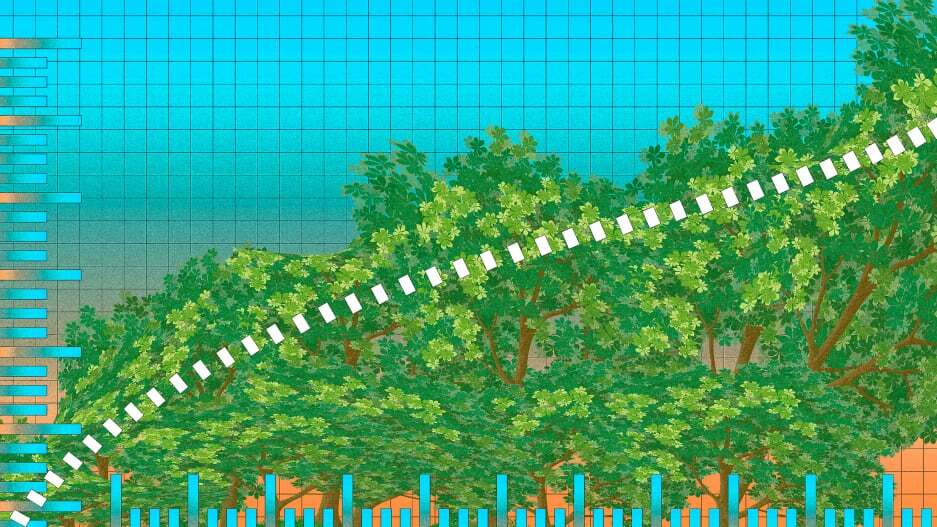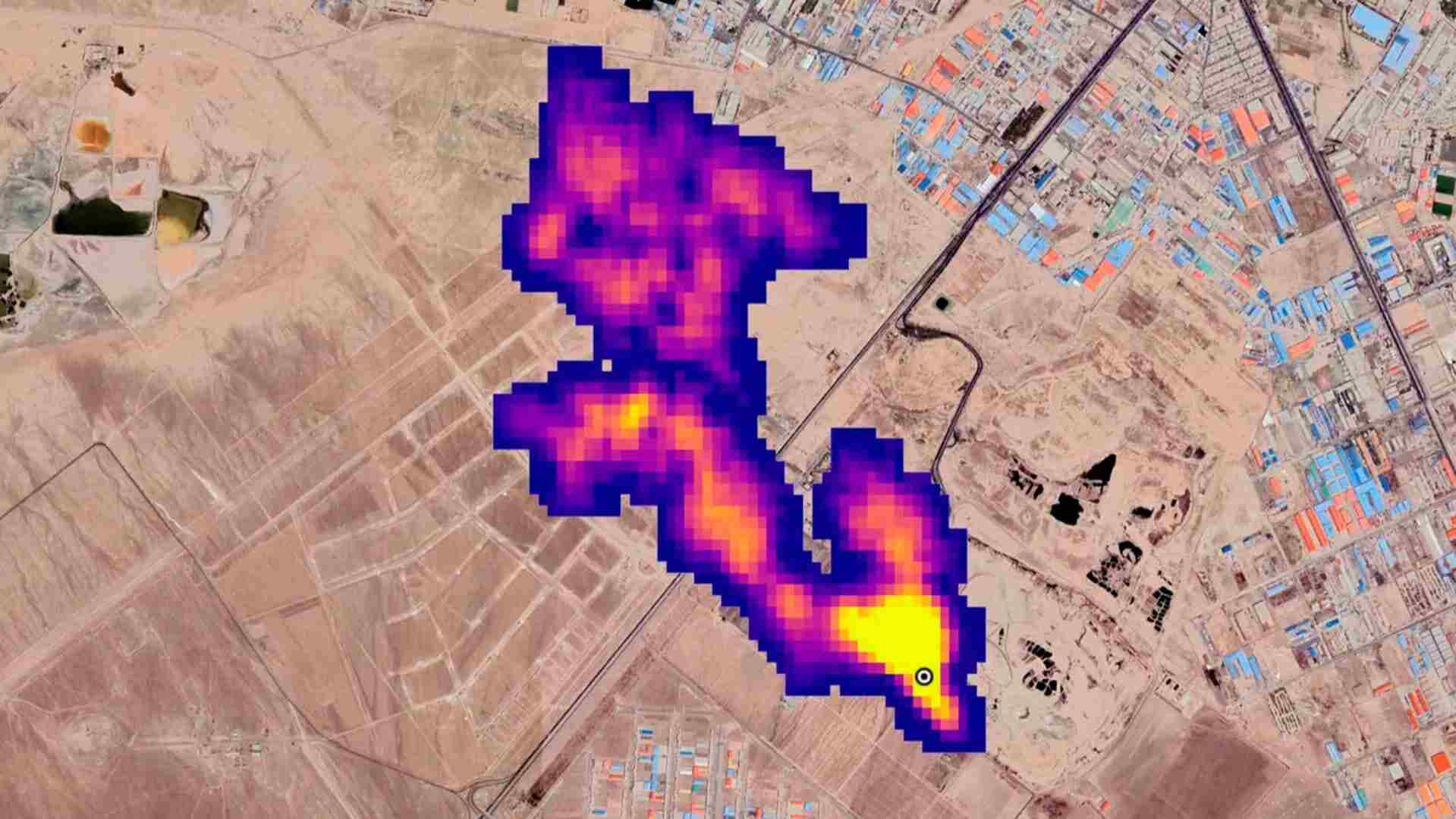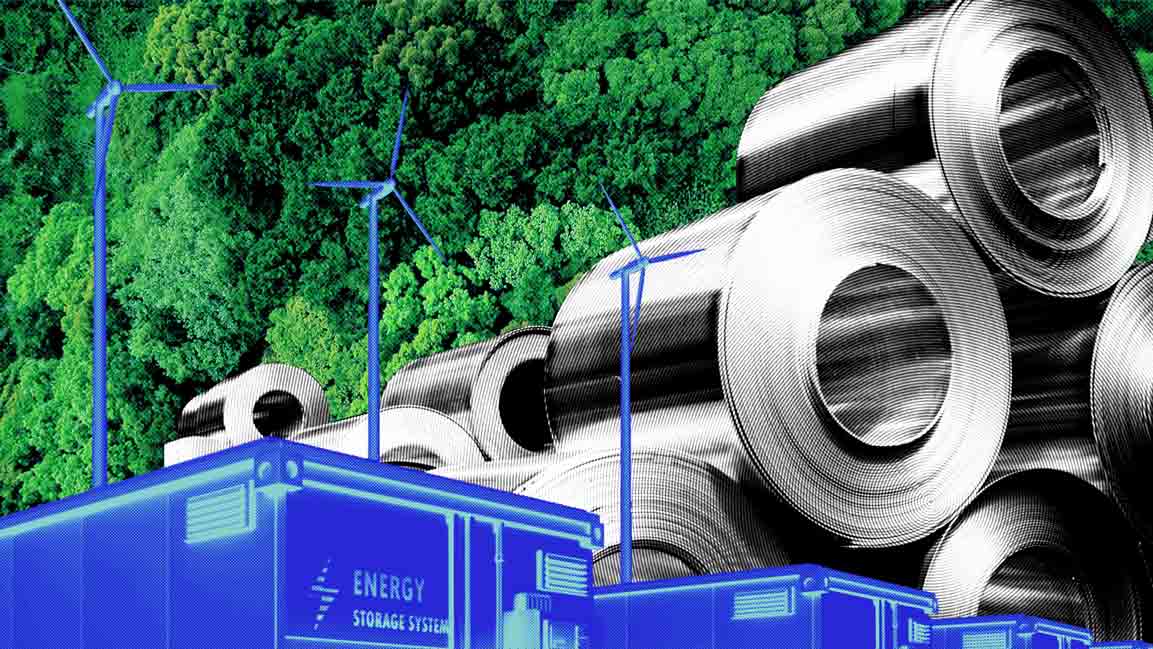- | 8:00 am
36 countries now have more trees than they did in the year 2000
While the entire world lost enormous amounts of forests in the last 20 years, some countries—including India and China—bucked the trend.

Since the beginning of the millennium, the world has lost forests cumulatively covering more than 100 million hectares, an area about two and a half times larger than California. But there is some good news—and lessons for the future: those losses haven’t happened everywhere. Thirty-six countries actually had more trees by the year 2020 than they did in 2000.
Countries—including Bangladesh, China, Denmark, Ireland, and Uruguay, and Bangladesh—had a net gain in tree cover, according to new data from researchers at the University of Maryland and the nonprofit World Resources Institute. Others, including the U.S., had a net loss.
“The new data is pivotal, because now we have the full picture of a forest change,” says Katie Reytar, a researcher in the forests program at WRI. “For a long time, we had been looking just at loss in isolation, and doing the best we can with looking at gain in isolation. But it’s really the balance of the two that is that is important and understanding the full was full spectrum of what is happening, because you could easily restore a significant part of your country, but if you’re deforesting all of your primary forests in another region, you can’t really look at those independently.”
Trees that were recently planted don’t show up in the data, since they need to be at least five meters high to be detected with the combination of current satellite and lidar technology, and it can take a decade or longer to grow to that height. That means that progress in some major projects—like AFR100, an effort to restore forests on 100 million hectares in Africa by the end of this decade—aren’t yet on the map.
Also, Read In an increasingly warming world, we can’t rely on trees as a climate change cure-all here
The next step is to figure out why some countries are seeing gains. While in some cases the countries’ national policy supports reforestation, in some areas, new trees are growing in plantations, without the same benefits as the natural regrowth of forests. The researchers will also begin to calculate how much carbon the trees are storing: the new data includes the height of the trees, so it’s possible to estimate their amount of biomass.
Read more related impact articles in our impact section here.






































